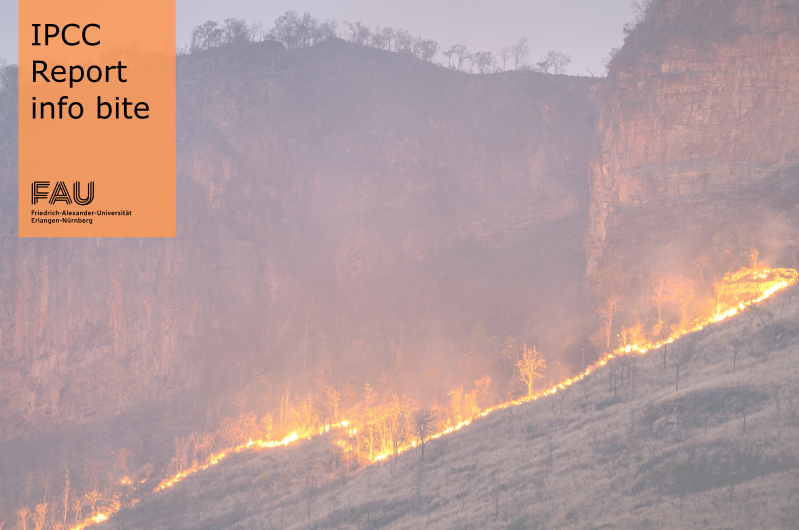Can planting a tree tackle climate change?
IPCC info bites
Like all living plants, trees remove carbon dioxide from the atmosphere through the process of photosynthesis. Restoring and preventing further loss of native forests is therefore essential for combating climate change. It reduces human vulnerability to climate change by providing shade and cooling, reduces air pollution, stores carbon, builds natural systems resilience, prevents erosion and reduces flood risk by slowing water flow and supports biodiversity.
However, it is important to remember, just because a tree can grow somewhere, it does not mean that it should. Planting trees in historically unforested areas (grasslands, shrublands, savannas, some peatlands) can reduce biodiversity and increase the risks of damage from climate change. Planting trees in low rainfall areas can for example cause reductions in stream flow and groundwater. Swapping grassy ecosystems for forests may contribute to warming, as forests absorb more warmth than grasslands.
It is therefore essential to target tree planting to the appropriate locations and use appropriate species. Instead of planting trees everywhere, focus on ecosystem restoration. For example, in restoring tropical grassy ecosystems, we can look at actions that cut down trees, enhance grass regrowth, and restore natural fire regimes. We have then a much better chance of both enhancing carbon capture and reducing some of the harmful effects of climate change.
Is climate change increasing wildfires?

Human-caused climate change increases wildfire by intensifying its principal driving factor – heat. The heat of climate change dries out vegetation and accelerates burning. Analyses show that human-caused climate change has driven the increases in burned area in the forests of western North America. Across the western U.S., the higher temperatures of human-caused climate change doubled burned area from 1984 to 2015, compared with what would have burned without climate change. The additional area burned, 4.9 million hectares, is greater than the land area of Switzerland.
About the World Climate Report
The Intergovernmental Panel on Climate Change (IPCC) is the United Nations body for assessing the science related to climate change. In their latest report, published in late February, scientists outline the state of scientific, technical and socio-economic knowledge on climate change, its impacts and future risks, and options for reducing the rate at which climate change is taking place. One of the report’s main authors is Prof. Dr. Wolfgang Kiessling, head of the Chair of Palaeontology.
Wolfgang Kießling on the World Climate Report
